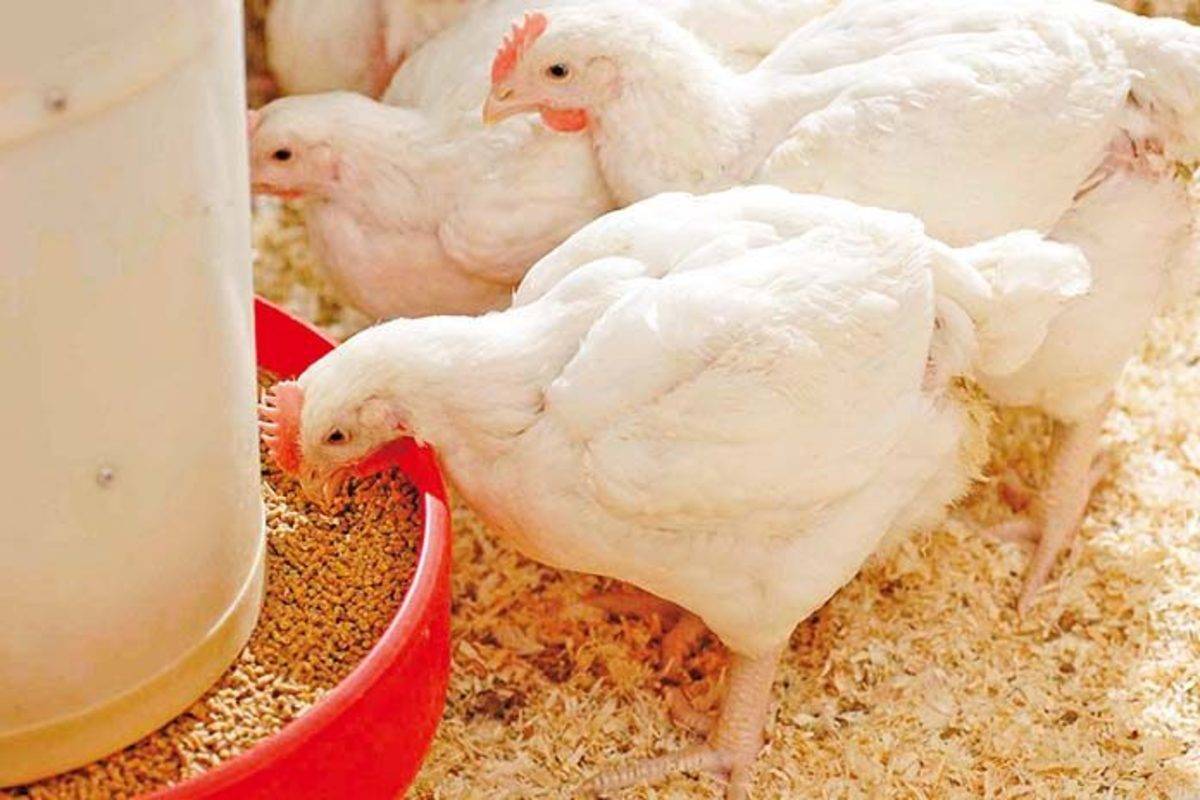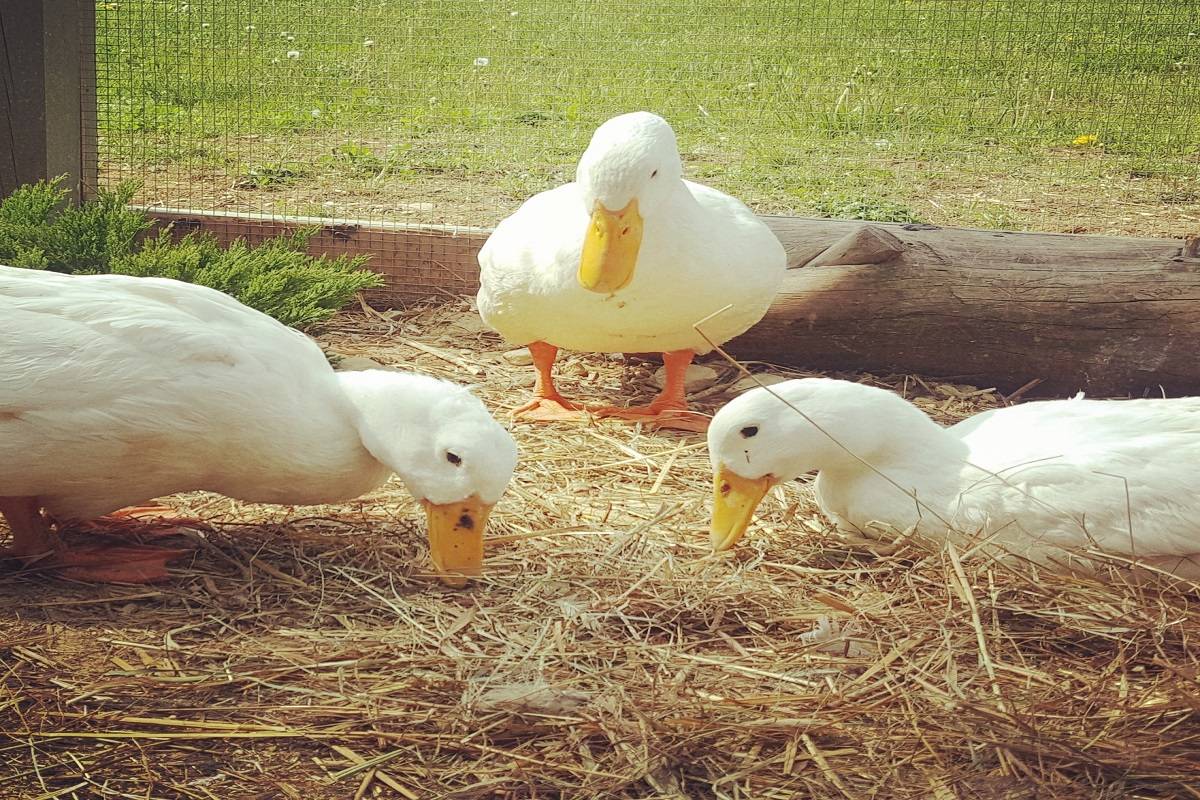
One of the most important elements of successful poultry production is feeding efficiency. Poultry birds need more than 40 nutrients. According to their chemical makeup, the duties they carry out, and how easily they can be chemically identified, can be divided into six types.
Water, proteins, carbs, fats, minerals, and vitamins are the groups of nutrients that make up this list.
The main sources of energy are lipids and carbohydrates. On a weight basis, fats provide 2–25 times more energy than carbs since they are a concentrated kind of energy. Essential fatty acids including linoleic, linolenic and arachidonic acids are also found in fats. The need for amino acids is roughly the same as the need for protein.
Arginine, glycine, histidine, leucine, isoleucine, lysine, methionine, cystine, phenylalanine, threonine, tryptophan, and valine are the necessary amino acids for chicken. Among them, arginine, lysine, methionine, cystine, and tryptophan are crucial in practical diets.
While vitamins and minerals do not provide energy, they are crucial in the control of a number of the body's vital metabolic functions. The vitamins and minerals necessary in realistic poultry diets include:
-
Calcium, phosphorus, and sodium are minerals. iron, manganese, copper, iodine, and zinc.
-
Vitamins include pyridoxine, riboflavin, pantothenic acid, niacin, folic acid, and choline in addition to vitamins A, D3, E, and pyridoxine.
A balanced meal will provide diverse nutrients in the proper amounts following the demands for upkeep and varied productive tasks. The nutrients needed by chickens must be provided in diets using components that are readily and affordably available in adequate quantities.

Digestive System of Birds
The bird has no teeth; thus, food is ingested whole and stored in the crop along with saliva. You can determine if a bird has been feeding or not by feeling the crop. The food leaves the crop and enters the stomach, mixing with the digestive juices before entering the gizzard, a muscular organ with a rounded shape and a thick wall. Small stones that the bird ate and placed in its gizzard helped it break down the meal for digestion. As the ground-up foodstuff travels down the gut, nutrients are absorbed.
Liquid urine is not produced by birds. A thick white substance made from renal waste is combined with the faeces (droppings). Then, both are expelled through the cloaca. When compared to chicken, duck droppings are moister.
What The Bird Needs for Food
Birds, like other animals, need a diet that includes carbs, proteins, fats, minerals, and vitamins.
Birds will need varied quantities of carbohydrates, proteins, lipids, minerals, and vitamins at different stages of their lives.
-
Birds need nutrition with a lot of protein for body growth from hatching (1 day old) to 3 months of age.
-
Minerals are essential for developing high-quality eggs while birds are laying eggs.
-
Birds raised for their meat will require a high-protein diet.
Feeding Components
Conventional poultry rations typically include a variety of grains, such as maize, rice, wheat, oat, and barley; a few cereal by-products, like wheat bran or rice polish; and, depending on availability, animal and plant protein sources, like fish meal, meat meal, soybean oil meal, groundnut cake, etc. The whole diet is supplemented with sufficient amounts of minerals and vitamins, either through chemically pure forms or through foods that are known to be high in these elements.
To substitute more expensive components in chicken diets due to the rising cost of feed and the decreasing availability of traditional ingredients, significant and ongoing research is being done to assess the nutritional value of agro-industrial wastes.
Standard Poultry Feeds
-
Maize: It has a low fiber content and is extremely highly digested. It is a source of energy but is deficient in protein, particularly lysine, and amino acids that include sulfur. The yellow variants are an excellent source of xanthophyll and vitamin A. The latter is the cause of some breeds of poultry's yellow skin.
-
Barley: Due to its high fiber content, barley is not particularly appetizing and shouldn't make up more than 15% of the diet.
-
Oats: Due to their high fiber content, oats are not very tasty. It shouldn't account for more than 20% of the meal. It can help in reducing cannibalism, feather pulling, and hock diseases because of its manganese concentration.

-
Wheat: Wheat can take the place of maize as an energy source.
-
Wheat bran has a high fiber, manganese, and phosphorus content, which makes it bulky and quite laxative.
-
Pearl millet is a very beneficial feed ingredient that has a similar nutritional value to wheat.
-
Rice: Broken rice grains can be substituted for maize. It is possible to utilize up to 50% of the diet of rice polish as a highly effective alternative for cereal grains. It is likely to get rancid when stored in warm circumstances due to the high oil content.
-
Sorghum: Sorghum has a comparable feeding value to maize. However, it has more protein than maize, is extremely pleasant, and can be used as a substitute. Sorghum meal is more expensive than other oilcake yet a rich source of certain amino acids.
-
It is extremely palatable and frequently used as a source of protein in poultry diets. Groundnut cake Protein makes up around 40% of it.
-
Fish-meal: One of the greatest sources of animal protein for poultry diets is fish meal. Depending on whether it is manufactured from whole bony fish or fish cannery waste, its composition differs greatly. Most fish dinners in India range from 45 to 55 percent protein. Scales from fish lower the value of the food for feeding.
-
Limestone: Limestone is a calcium-rich material. Magnesium should not be present in more than 5%.
-
Oyster shell: An excellent alternative to limestone since it contains more than 38% calcium in the oyster shell. It tastes fairly well.

















